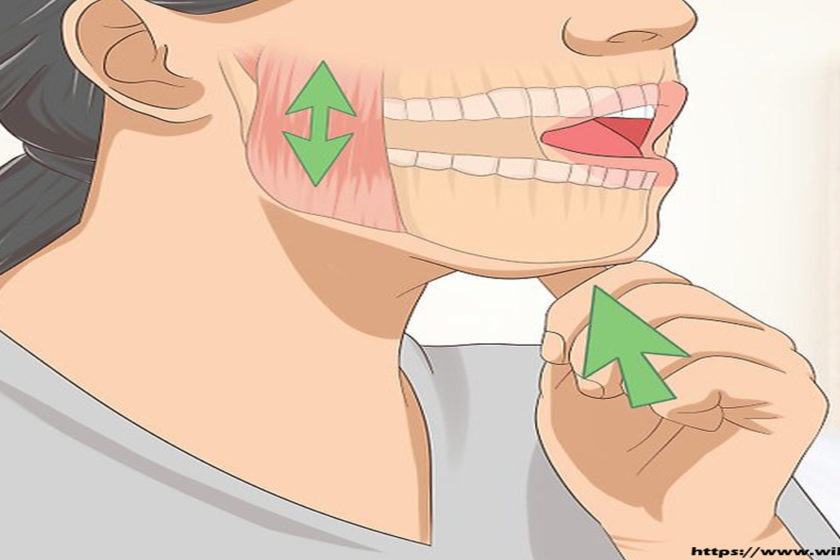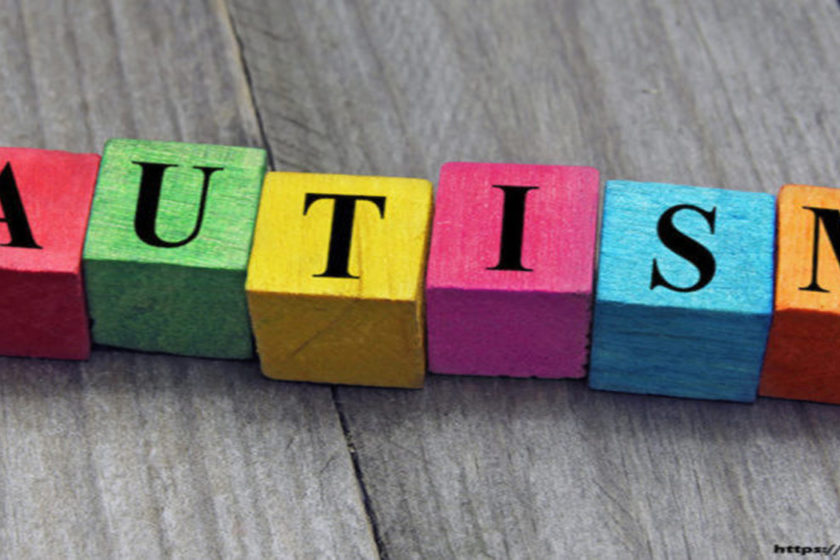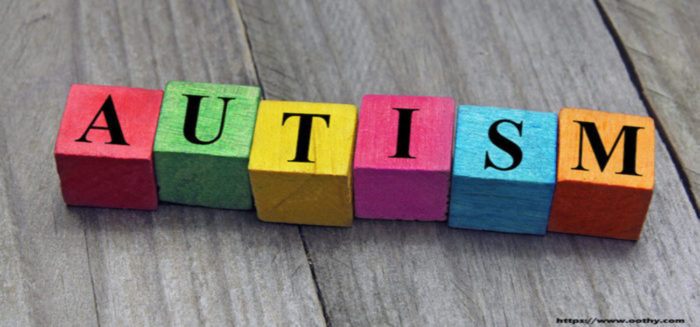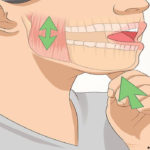How to temporarily treat TMJ syndrome in the absence of a doctor
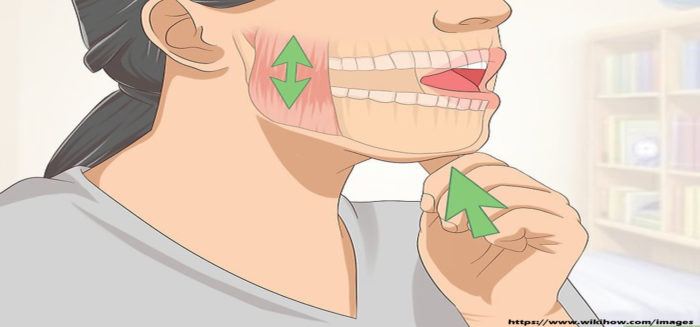
Temporomandibular joint disorder or TMJD is one of the most common facial syndromes and affects millions of people. This is called Temporomandibular or TMJ joint syndrome by others. TMJ syndrome is a collection of acute and chronic signs and symptoms related to the structure and function of the joint that connects the lower jaw to the entire skull.
Many people say TMJ is related to discomfort in the area but technically, TMJ itself, or the Temporomandibular joint are two joints on the opposite side of your face right in front of the ear. Our TMJ helps us open, close and move our mouths and that is where our jaws attach to our skulls.
Signs and symptoms of TMJ disorders depend on what causes these signs and symptoms to occur but the most common of them is pain. The pain can be short term or it can be long term depending … Continue Reading >>>

